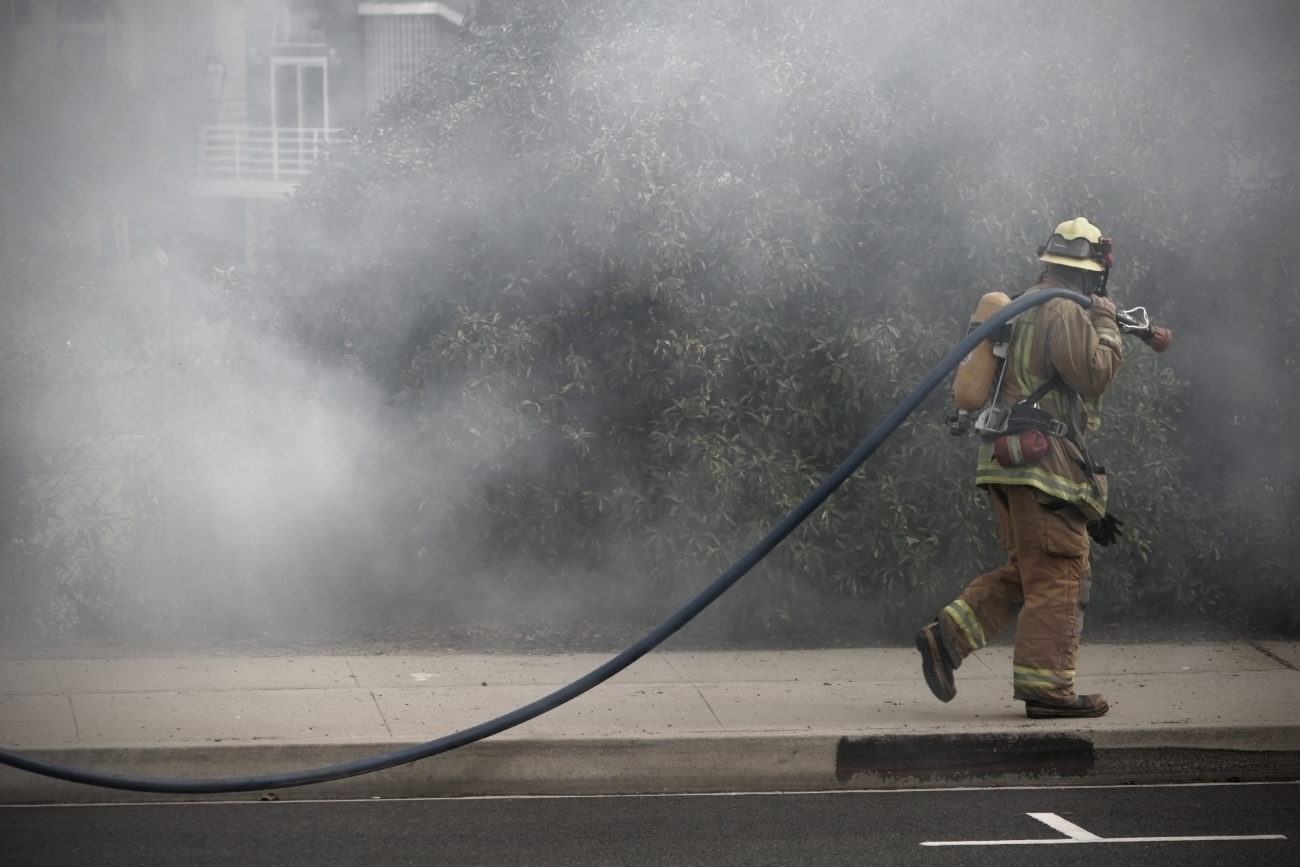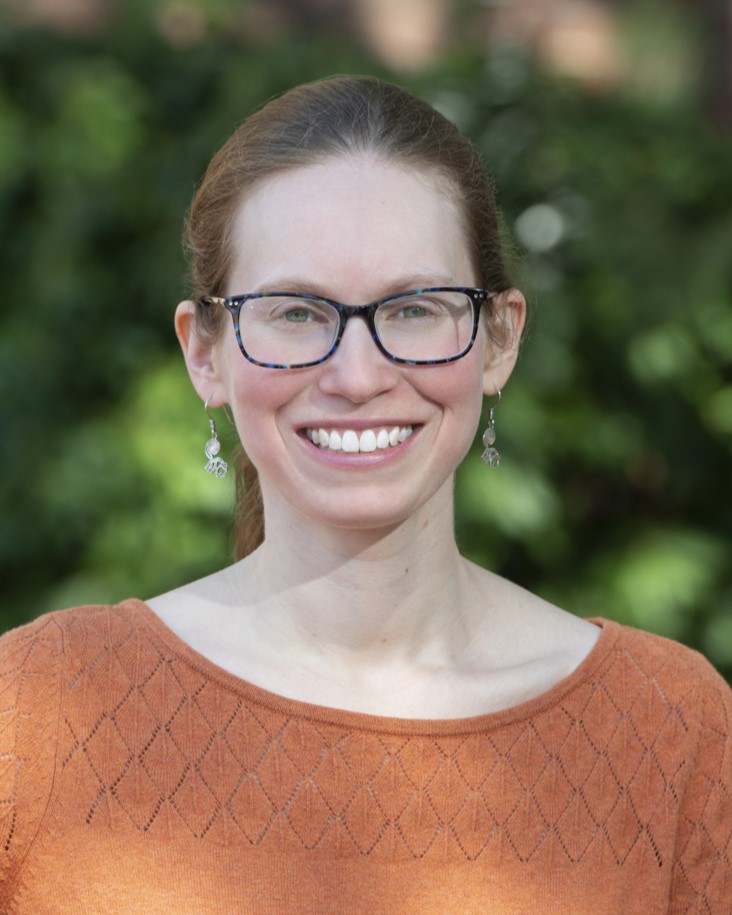Helping firefighters protect themselves from hazardous chemicals on the job
 How a practice developed by Silent Spring continues to shape public health.
How a practice developed by Silent Spring continues to shape public health.
The wildfires burning across North America this summer are a stark reminder that wildfire season is growing longer and these uncontrolled blazes more frequent. Wildfires present a significant health threat, causing not only bad air quality but also the destruction of forests, towns, and communities. People across the continent have been forced to evacuate their homes or don masks to go outside, but there’s one group who are especially at risk: firefighters.
With this in mind, researchers at the University of California, Davis are measuring levels of certain cancer-causing chemicals in blood samples from people who fight fires for a living. Called PFAS, these chemicals are added to certain types of firefighting gear and foam. They’re also widely used in consumer products, and they can be released into the air when household items burn.
Although the study’s findings will eventually be published, that process takes time—and the published paper will focus on overall trends not individual findings. Wanting to give firefighters quicker access to their personal data, the UC Davis scientists turned to Silent Spring Institute, a pioneer of a model called “report back,” for help.
“Reporting back is the practice of sharing each research participant’s results with them in a personalized and actionable way,” says Katie Boronow, a research scientist at Silent Spring who specializes in environmental health communication. “It allows people to better understand their personal chemical exposures and what can be done about them.”
By partnering with Silent Spring, each firefighter in the study will soon know the levels of PFAS in their own blood, how their exposure compares to the rest of the country, and how they can use the information to create a safer work environment for themselves and their peers.
An outdated belief
Scientists once believed that telling research participants about the levels of chemicals in their bodies would cause them excessive stress.
In the early 2000s, Silent Spring researchers were conducting a study on household exposures to endocrine disruptors—chemicals that interfere with the body’s hormones. As the scientists collected dust and urine samples from Cape Cod houses and their residents, something unexpected began to happen: Participants started calling to ask what had been found in their samples.
At first, the scientists were uncertain about what to do. Would showing the participants their results cause more harm than good?
Ultimately, it was decided that people have a right to know about the chemicals found in their bodies and homes. The researchers began to share individualized findings with participants—and to interview them about the experience.
Today, researchers at Silent Spring and elsewhere have shown that participants benefit from personalized information about their exposures to potentially harmful chemicals. “What we’ve found is that people aren’t overly alarmed. In fact, they’re really grateful for their results,” says Boronow. “They want the information, and it helps them take action to protect their health.”
Two-way education

When they receive their reports through Silent Spring’s Digital Exposure Report-Back Interface, or DERBI, “people learn a lot,” Boronow says. “Often people think the chemicals in their bodies can only come from pollution released by factories or landfills. But after they get their reports, they realize that the products we use every day are also a significant source.”
Each DERBI report includes the participant’s personal results displayed in easy-to-understand graphs, which compare the person’s exposure levels to both other people in the study and national data. Participants can access information about where the chemicals come from and what scientists know about links to potential health effects. With practical tips for reducing chemical exposures, the reports empower participants to protect themselves moving forward.
Calls to take collective action are included in DERBI reports as well, and participants have used their results in creative ways. In a community in California, members advocated to block the expansion of an oil refinery in their neighborhood. In another study, participants sought better treatment for their children’s asthma, and workers who took part in yet another study successfully advocated for the use of furniture without flame retardants in their offices.
Reporting back results to participants helps researchers as well, leading to the discovery of new patterns and sources of chemical exposure, Boronow says. In the Cape Cod household exposure study, for example, sharing individual results with participants helped scientists realize that the high levels of banned PCBs found in some homes could be attributed to a specific kind of floor finish used in the 1950s and 60s.
In the decades since the Cape Cod study, Silent Spring scientists have continued to champion the report-back model, teaching other researchers how to share individual results with participants and emphasizing the benefits of the practice. To date, more than 25 studies have used or are in the process of using DERBI to create personalized result reports, and the National Academy of Sciences now recommends that researchers regularly consider reporting back their findings to participants.
Scientists at Silent Spring have been studying on-the-job exposures in firefighters, especially female firefighters, for many years now, and Boronow says she looks forward to empowering a new group with information on limiting their chemical exposures. At a time when skepticism of science is on the rise, she adds, sharing individual study results builds critical trust between scientists and research participants.
“We need more studies that help participants feel respected, that engage and include them in this way,” Boronow says. “Reporting back is standard practice at Silent Spring. We want it to be standard practice for everyone.”